Azure Security: A Shared Responsibility

The adoption of cloud computing has surged in recent years, with services like Microsoft Azure leading the way. Many organizations are shifting to the cloud, lured by its promises of scalability, flexibility, and cost efficiency. However, this transition often comes with the misconception that moving to the cloud equates to transferring all Azure security responsibilities to the cloud provider. This illusion of risk transfer can lead to dangerous complacency.
Understanding the Shared Responsibility Model in Azure
At the heart of cloud security lies the Shared Responsibility Model, which delineates the security duties between the cloud provider (Microsoft Azure) and the user. Azure ensures the protection of the cloud itself, covering aspects such as the physical security of data centers, network infrastructure, and virtualization. However, the responsibility for securing the data within the cloud falls squarely on the user.
This model often leads to confusion. While Microsoft takes care of the foundational security, organizations must protect their data, manage identities, and control access. Many users mistakenly believe that their security concerns are entirely mitigated once they migrate to Azure. This is far from the truth. Users must take proactive steps to secure their cloud environments.
The Illusion of Total Risk Transfer
Subscribing to Azure does not equate to a total transfer of security responsibilities. Think of it like car insurance. Purchasing a policy doesn’t absolve you from locking your doors or parking in a safe area. Similarly, while Azure provides various security features, the onus is on the user to implement and manage their security measures.
Neglecting these responsibilities can have real-world consequences. Consider the well-publicized Capital One breach, where misconfigured web application firewalls and lack of proper access controls exposed sensitive data. This incident is just one example that underscores the importance of user-specific security practices in the cloud. It’s a stark reminder that while Azure offers a secure platform, users must still actively secure their environments.
Core Areas of User Responsibility in Azure Security
- Data Protection: Encrypting sensitive data at rest and in transit is crucial to prevent unauthorized access. Regular backup strategies ensure data recovery during a breach or data loss. Implementing strict access controls based on user roles can minimize internal threats by ensuring only authorized personnel can access critical data.
- Account and Access Management: Strong authentication mechanisms, such as multi-factor authentication (MFA), add an extra layer of security by requiring multiple verification forms before granting access. Adopting the principle of least privilege, where users are given only the minimum access necessary to perform their tasks, can significantly reduce the risk of insider threats.
- Network Security Configuration: Configuring firewalls and virtual networks is essential to segmenting and protecting your Azure environment. Intrusion detection systems (IDS) should monitor network traffic and identify suspicious activities in real time, allowing quick responses to potential threats.
- Regular Security Assessments and Compliance Adherence: Conducting periodic security assessments helps identify vulnerabilities and ensure compliance with industry standards and regulations. Regular reviews and updates to security policies and practices are vital to adapting to evolving threats.
Best Practices for Enhancing Azure Security
To secure your Azure environment effectively, start by strengthening your setup with key tools and strategies. Implement Entra ID to manage user identities and access permissions and utilize Azure Security Center for continuous monitoring and threat protection. Ensuring that all systems and applications are regularly updated with the latest security patches is essential to safeguard against known vulnerabilities.
Equally important is the continuous education and training of your team. Investing in ongoing security training ensures that your staff stays informed about the latest threats, vulnerabilities, and best practices. Regular training sessions, workshops, and certifications can empower your team to identify and respond to security incidents more effectively.
Additionally, consider integrating Azure-native tools like Azure Sentinel for advanced threat detection and response. Azure Sentinel uses AI and machine learning to provide intelligent security analytics and threat intelligence across the enterprise, enabling proactive threat hunting and rapid incident response. Other essential Azure security tools include Azure Security Center, which offers unified security management and advanced threat protection across hybrid cloud workloads, and Azure Policy, which helps enforce organizational standards and assess compliance at scale. Azure Key Vault is crucial for managing and securing cryptographic keys and secrets used by cloud applications and services.
Furthermore, Azure DDoS Protection helps protect your applications from Distributed Denial of Service (DDoS) attacks, ensuring high availability and performance. Complement these tools with third-party security solutions that can provide specialized functionalities, offering an extra layer of protection. Combining continuous education with a comprehensive suite of Azure security tools and solutions can significantly enhance your security posture in Azure.
Shared Responsibility with a Trusted Partner
Maintaining an active role in cybersecurity within Azure is not just necessary—it’s imperative. Organizations must understand their responsibilities and continuously improve security practices to protect their digital assets effectively. Engage with security audits, seek expert advice, and participate in Azure security training. For further resources, explore Azure security tools and training opportunities. Subscribe for more insights, or contact our team for detailed consultations to ensure your Azure environment remains secure.
By embracing these practices and understanding the shared responsibility model, you can transform your Azure security strategy and mitigate potential risks, ensuring your organization remains resilient against cyber threats.
Partner with OneNeck to leverage advanced tools and vCISO services, supported by our expert team committed to tailored security strategies. Stay ahead of threats and maintain a resilient cybersecurity posture with OneNeck. Contact us today.
Additional Resources:




